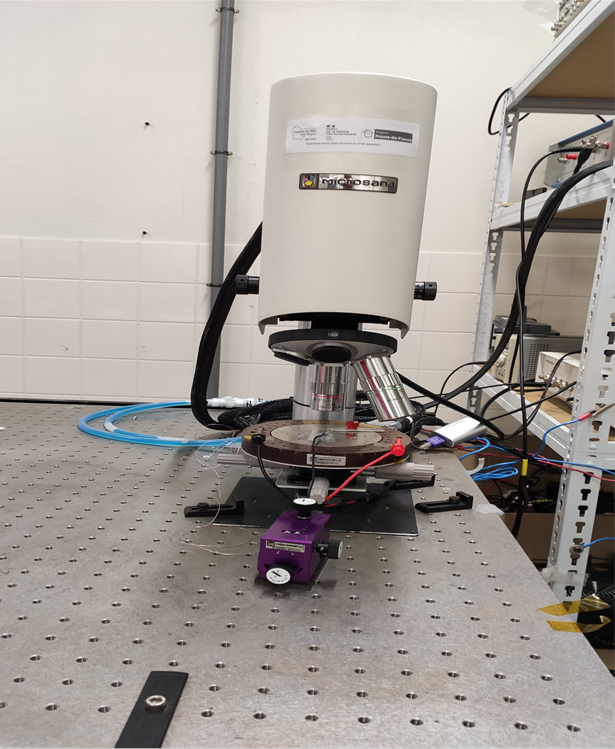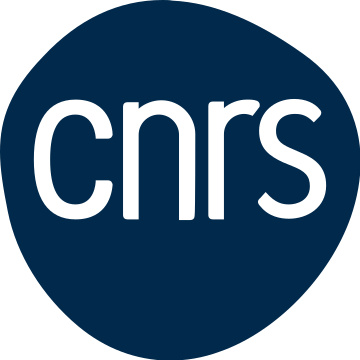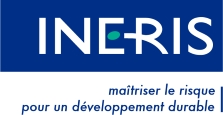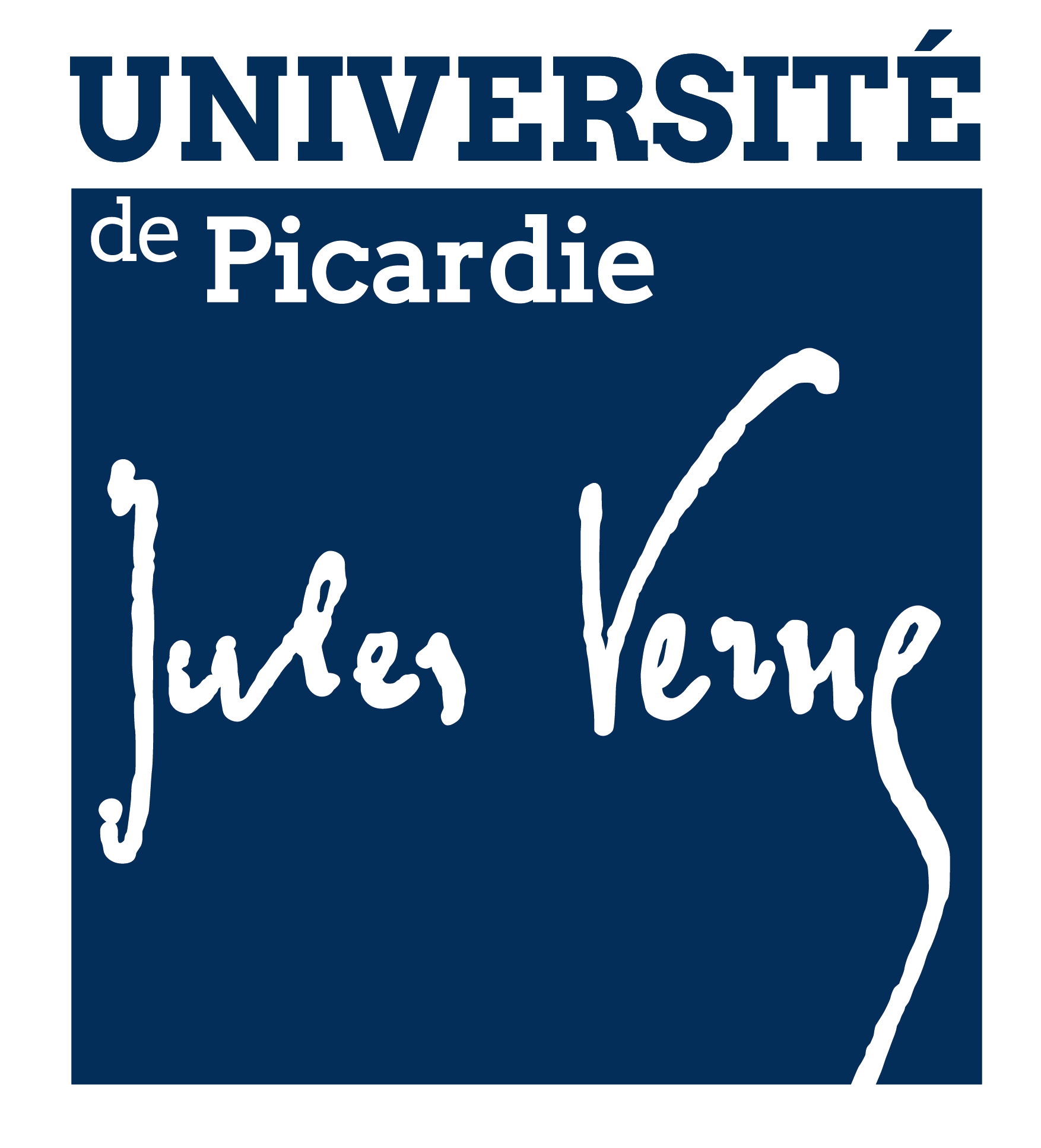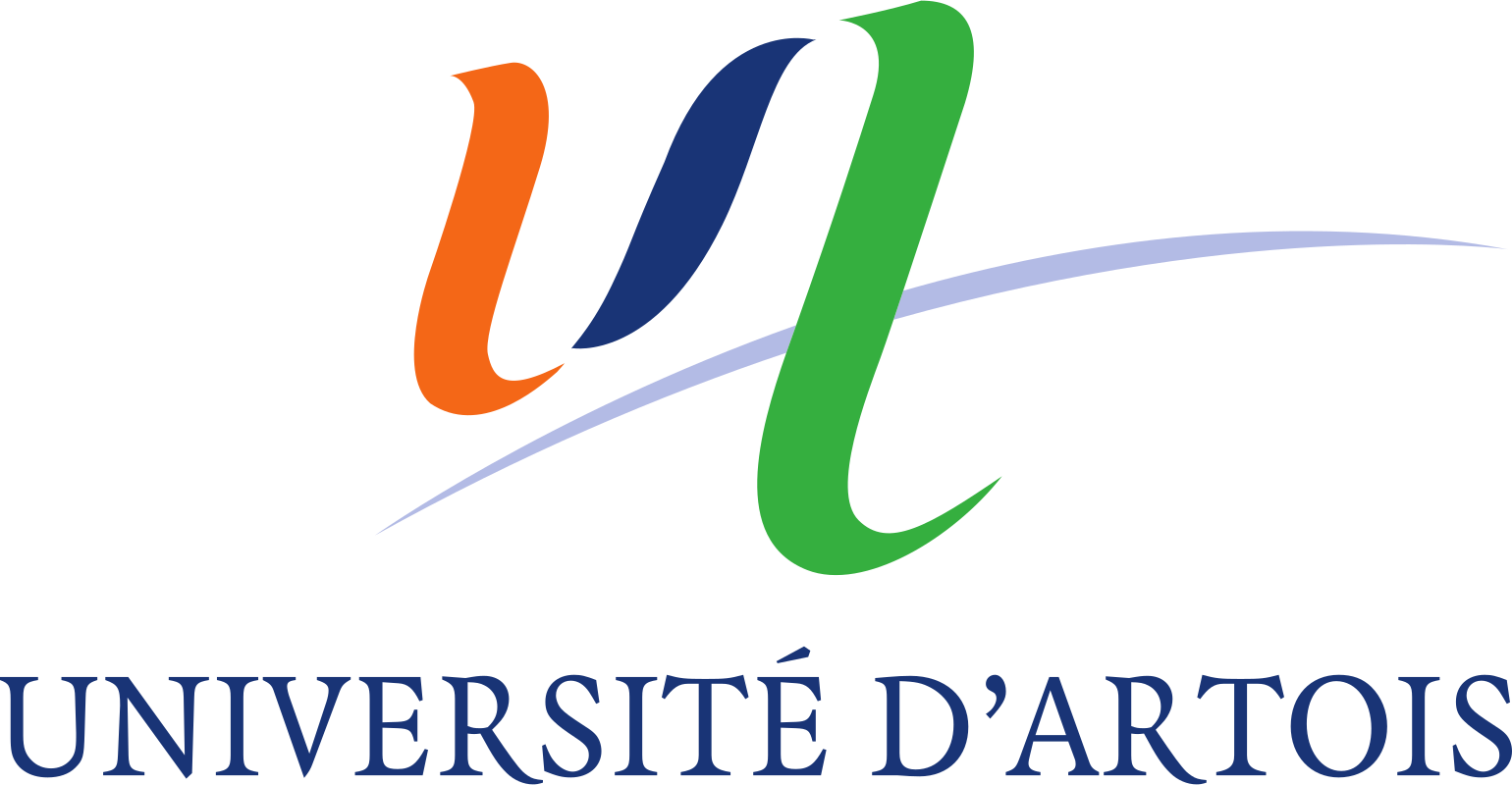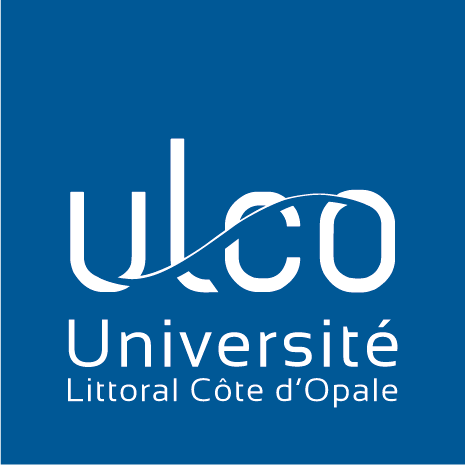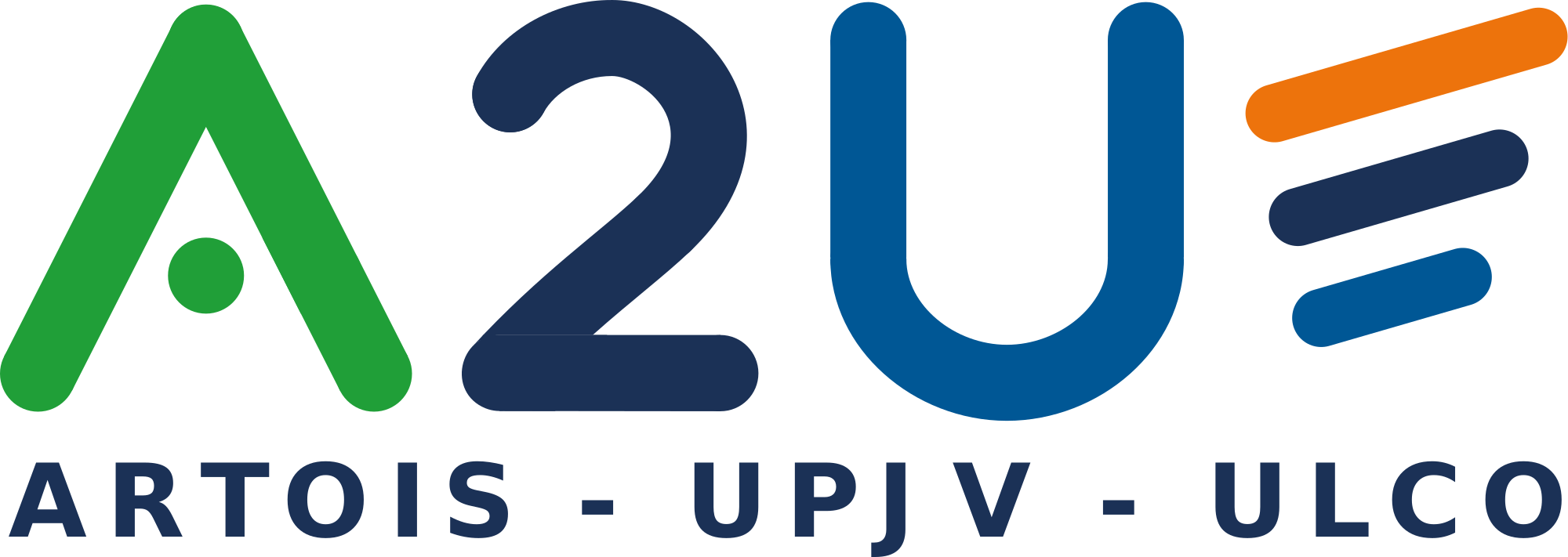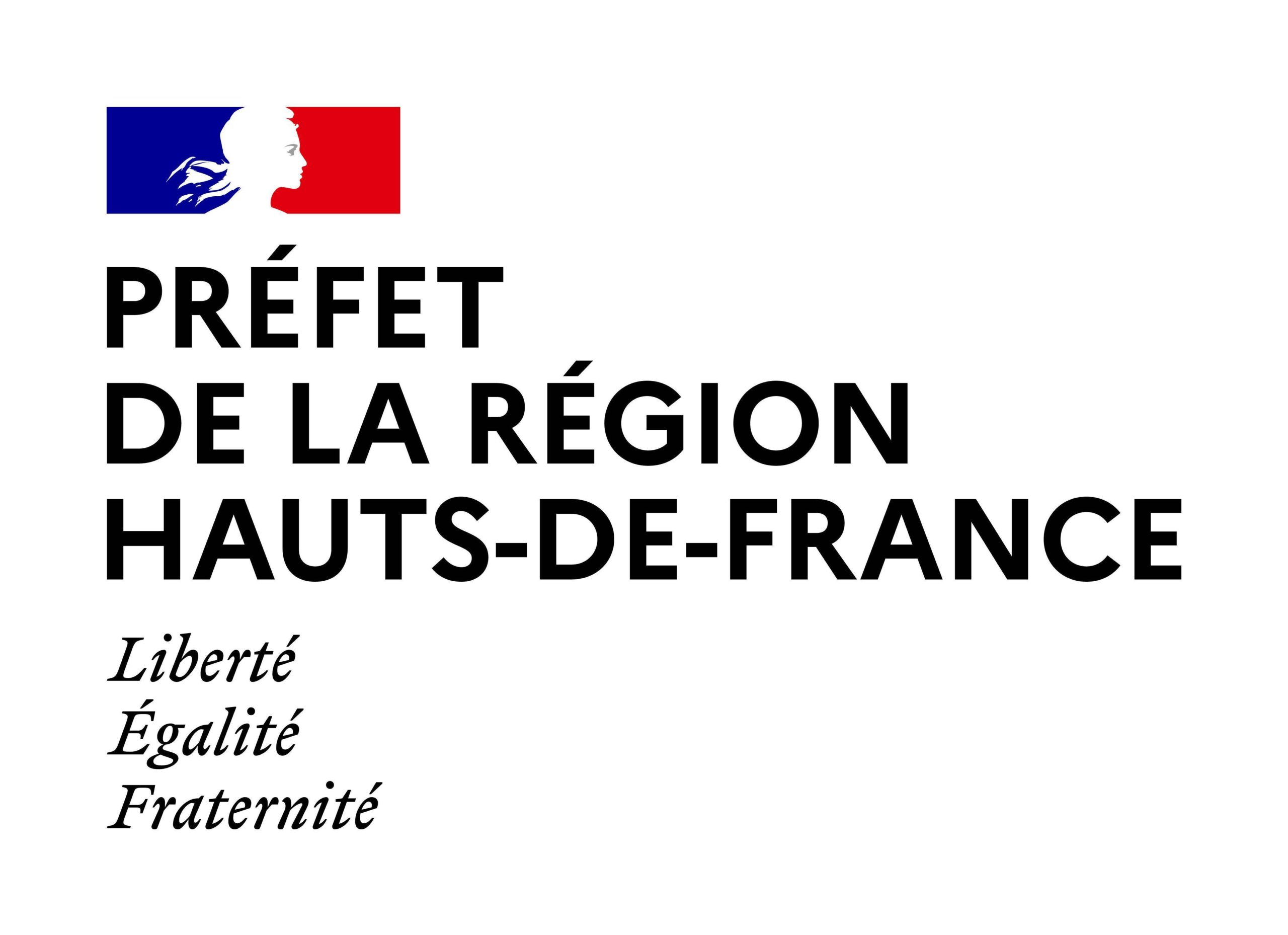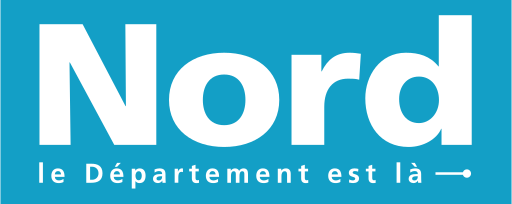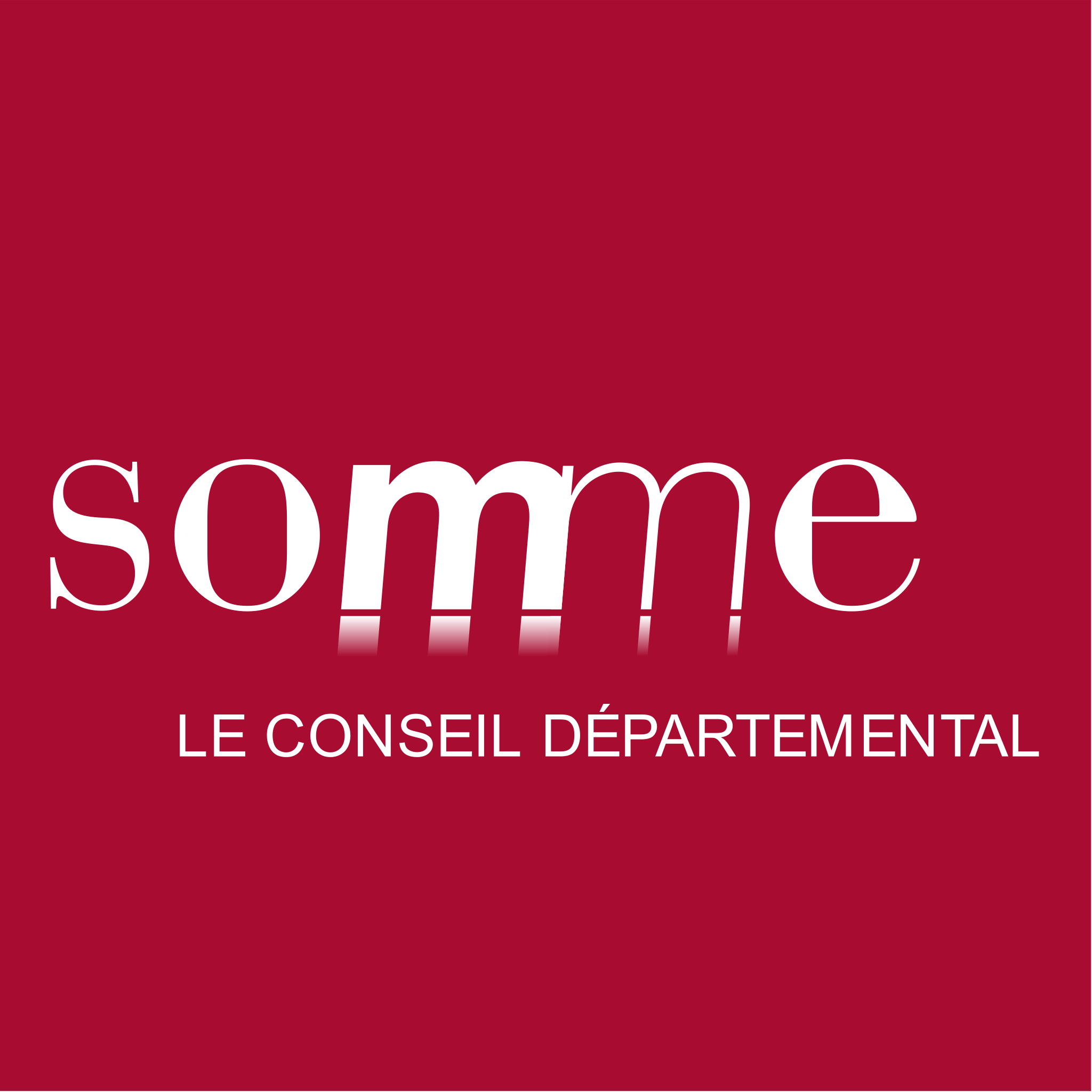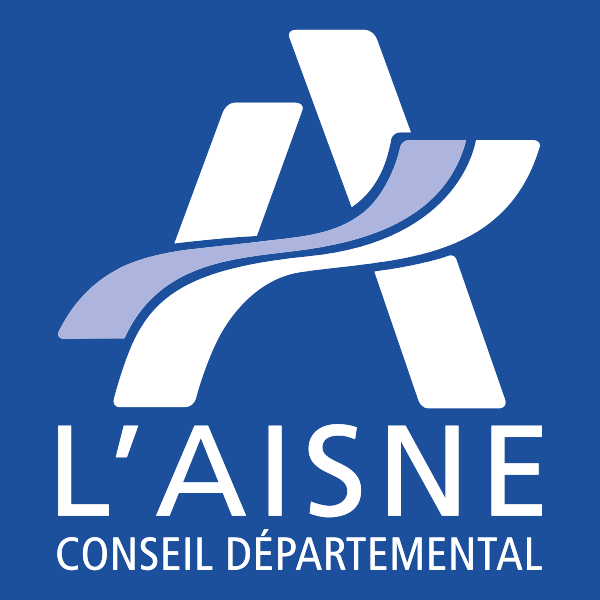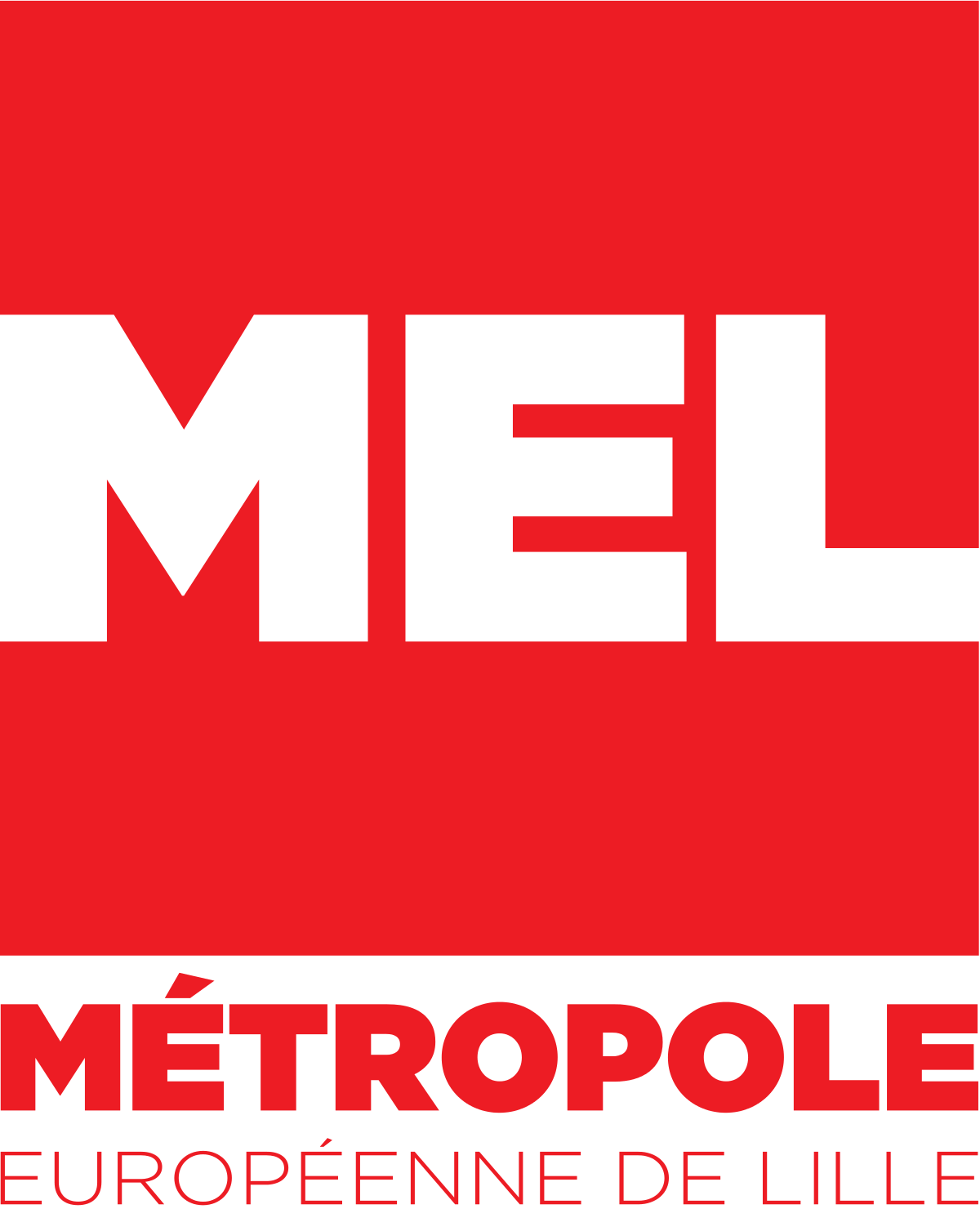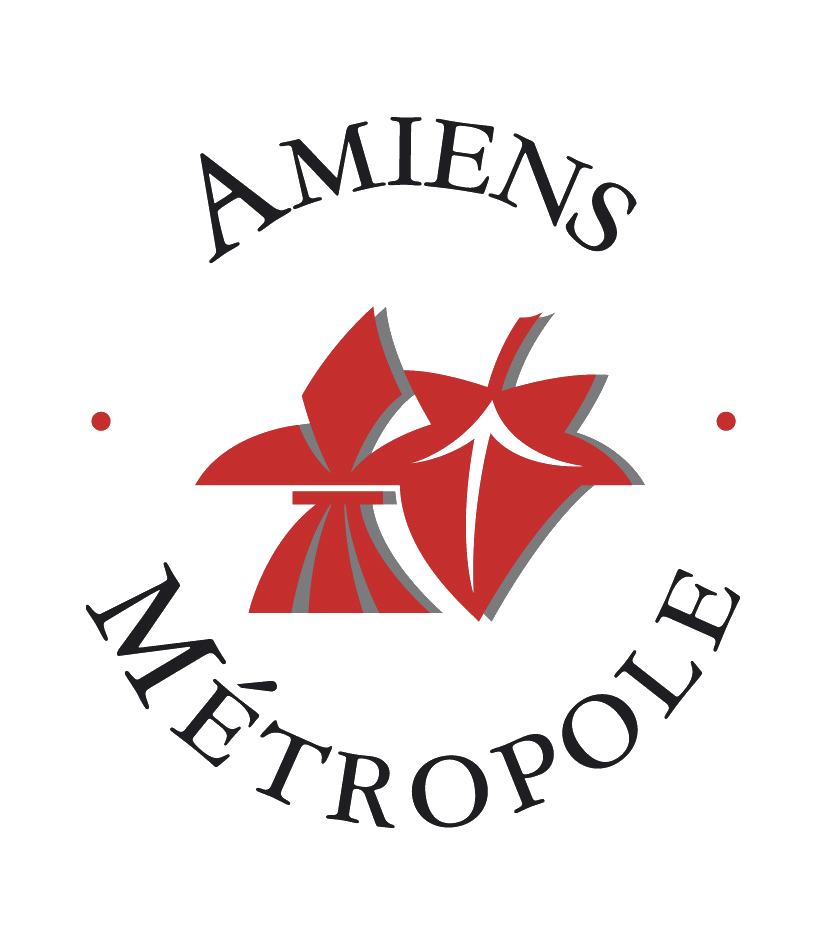Solving the problem associated with the growing demand for energy requires the development of more environmentally-friendly method of energy production – sustainable energes – and the optimization of energy-consuming processes.
That’s why, in recent years, the work at UDSMM has focused on the study of materials for energy conversion and production, and the optimization of energy-consuming processes. Our unit is firmly committed to this priority area for the University of Littoral Côte d’Opale and the region of Hauts-de-France. In this context, we have focused on two major families of materials: electrocaloric materials (EC) and thermoelectric materials (TE).
EC materials are used in various form (thin films, solid forms, stacked layers, etc.) for the design of cooling devices. Our work focuses on electrocaloric properties and performance of various ferroelectric materials, whetther solid, liquid of liquid crystal. The laboratory has the necessary expertise to develop these materials based on polymer (PVDF, TrFe) ferroelectric oxides (Sanarium-doped barium titanate) or ferroelectric liquid crystal (FELIX-017/000 and OB4HOB).
The unit is also developing and characterising various materials for TE conversion, in particular hybrid/quantum dot nanocomposites [1]. The matrix, made of polymer blend (PEDOT : PSS), contains nanostructured inclusions composed of quantum dots or titane oxides (TiO2) deposited on graphene oxides nanosheets.
Metrological challenge
The thermophysical properties of the various materials described above play a key role when they are used for EC or TE conversion. In fact, optimising the energy conversion performance of TE and EC materials is closely linked to their thermophysical properties (thermal condctivity, thermal diffusity, heat capacity). The study of thermal transport phenomena in these complex systems requires increasingly powerful tools in terms of spatial and temporal resolution.
UDSMM has internationally recognized expertise in characterising the thermophysical properties of materials, whether in solid or liquid form [2-4]. In particular, we are developing original analysis methods using the generation and detection of thermal waves to characterise small quantities of solid or liquid thin-film samples.
We also have a thermoreflectance measurement bench developed in the laboratory [2] for measuring electrocaloric temperature variation as a function of frequency in thin films. This technique uses a probe laser beam to measure temperature gradients based on local measurements of variations in the intensity of light reflected by the surface of the sample as a function of local temperature oscillations. These photothermal techniques use two laser beams: the first in pump configuration to generate thermal waves and the second in probe configuration to measure thermal gradient generated. This technique only allows a point thermal access to the temperature distribution at the surface of the sample and therefore do not account for any thermal anisotropy, inhomogeneities or edge effects in the material. Wide-field thermoreflectance, which combines a microscope and CCD camera, is the technique of choice for accessing high-resolution thermal imaging – which provides a map of the temperature field and hence a map of thermophysical properties – taking the study of EC and TE materials and components a step further.
Presentation of the acquired equipment
As part of the CPER MANIFEST programme, UDSMM has benefited from a major piece of equipment that expands the unit’s range of thermal characterization tools. It is a thermal imaging system (SanjSCOPETM EZ-THERM) using wide-field thermoreflectance and synchronous detection.
Its operating principle is illustrated in figure1. A light-emitting diode (LED)whose wavelength is selected by a barrel illuminates the sample to be studied. The reflected light is collected by a CCD camera using a microscope lens adapted to the sample under study. From the change in reflectivity (R) and using tje thermomreflectance coefficient (CTR) determined at the end of a calibration procedure, it is possible to measure the temperature (ΔT=1/CTR (ΔR/R0)) and obtain a (2D) map of the absolute temperature of the sample surface. Figure 1b shows the variation in light intensity reflected by the sample and captured by the CCD camera. The calibration procedure reveals the 2D temperature distribution on the sample surface (Fig. 1c). This system thus enables measurements with a spatial resolution of up to 200 nm and a temporal resolution of the order of 100 ns.
This type of measurement, which is rare in TE and EC materials, has the advantage of being non-contact and therefore non-destructive. This thermal microscope, generally used to analyse the reliability of electronic and optoelectronic devices on a microscopic scale, will be adapted in an original way to the thermophysical study of TE and EC materials.
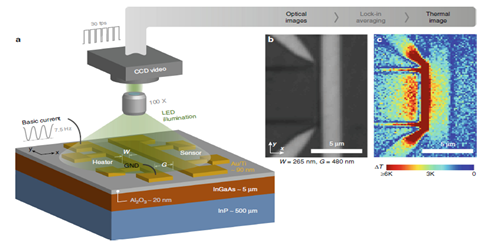
This equipment was financed as part of the CPER MANIFEST

Bibliography
[1] Shivani Shisodia, Benoit Duponchel, Gérard Leroy, Abdelhak Hadj Sahraoui, Dharmendra Pratap Singh, Christophe Poupin, Lucette Tidahy, Renaud Cousin, Patrick Ropa, and Michael Depriester.
Synthesis of quantum dot-based polymer nanocomposites: assessment of their thermoelectric performances
Sustainable Energy & Fuels, 6(13) :3158–3168, 2022.
[2] Elie Badine, Mathieux Bardoux, Nadine Abboud, Michael Depriester, Stephane Longuemart, Ziad Herro, and Abdelhak Hadj Sahraoui.
Thermoreflectance profile analysis and multiparameter 3d fitting model applied to the measurement of thermal parameters of thin film materials.
Journal of Physics D: Applied Physics, 52(20):205303, 2019.
[3] Kuriakose, M., Depriester, M., Dadarlat, D., & Hadj Sahraoui, A.
Improved methods for measuring thermal parameters of liquid samples using photothermal infrared radiometry.
Measurement Science and Technology, 24(2), 025603, 2013.
[4] K Touati, M Depriester, A Hadj Sahraoui, C Tripon, and D Dadarlat.
Combined photopyroelectric-photothermoelectric detection for thermal characterization of liquid thermoelectrics.
Thermochimica Acta, 642:39–44, 2016.
[5] Amirkoushyar Ziabari, Pol Torres, Bjorn Vermeersch, Yi Xuan, Xavier Cartoix`a, Alvar Torell o, Je-Hyeong Bahk, Yee Rui Koh, Maryam Parsa, Peide, D. Ye, et al.
Full-field thermal imaging of quasiballistic crosstalkreduction in nanoscale devices.
Nature communications, 9(1):1–7, 2007.
